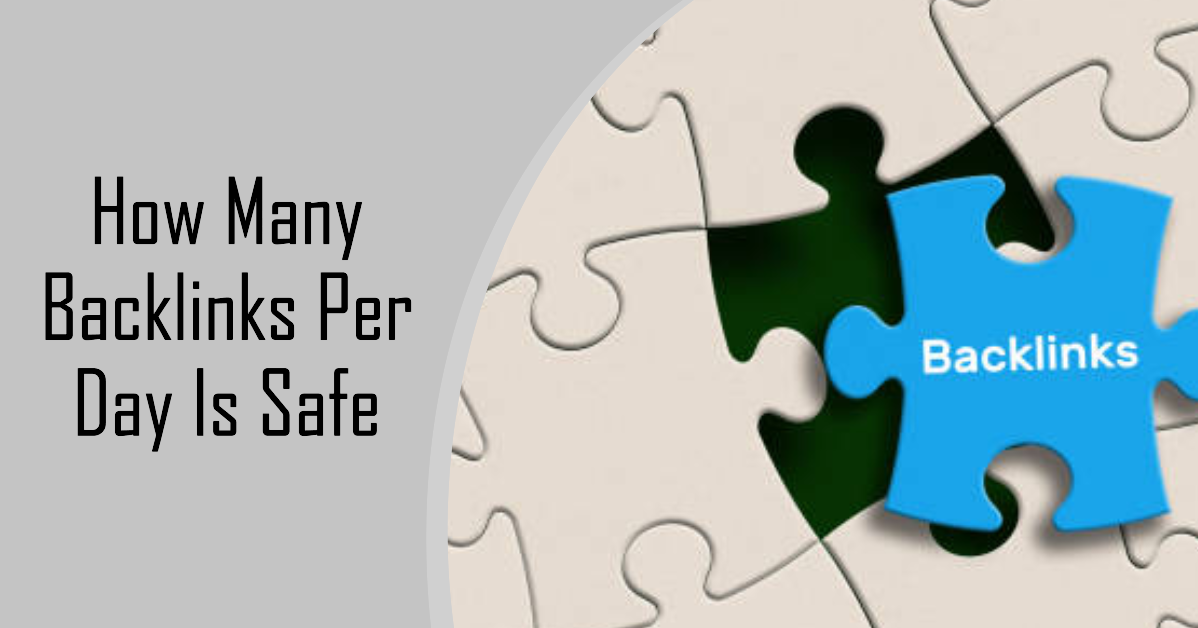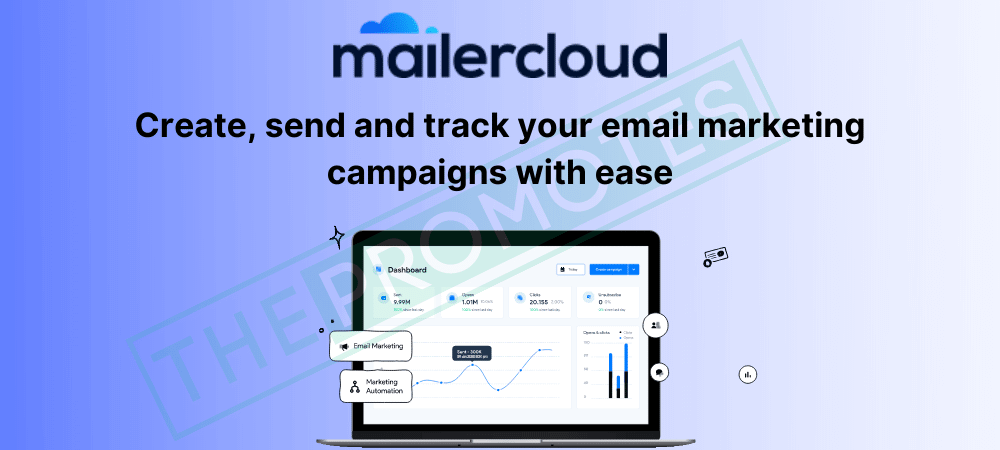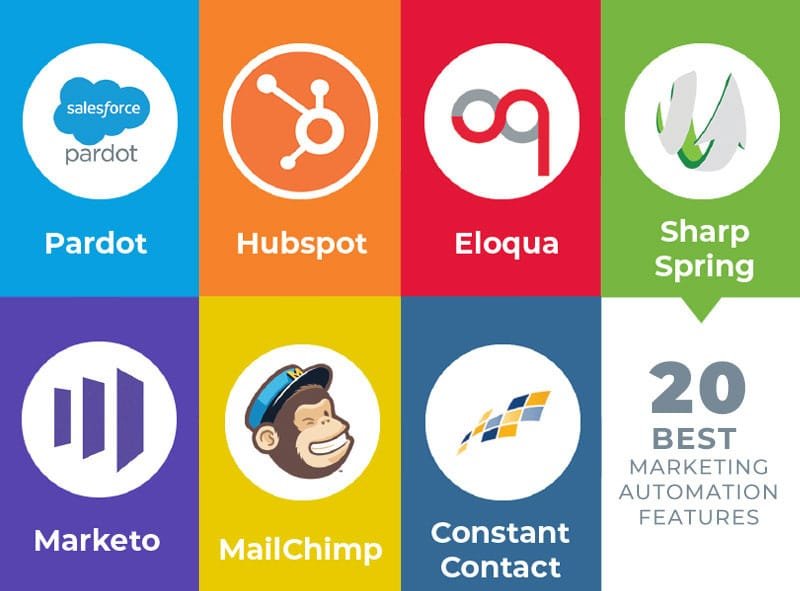How many backlinks per day is safe? Generally, building 1-5 quality backlinks daily is considered safe.
It’s crucial to avoid rapid link building to prevent penalties. Backlinks are essential for SEO success. They help improve website ranking and visibility. But, acquiring too many backlinks too quickly can harm your site. Search engines might see it as suspicious activity.
This can lead to penalties or a drop in rankings. It’s important to focus on quality over quantity. Natural link building is the best approach. Aim for steady growth. This way, your site gains credibility over time. In this blog, we’ll explore the safe number of backlinks per day. Let’s ensure your site stays in search engines’ good graces.
Introduction To Backlinks
Backlinks are crucial for boosting your website’s visibility and authority. They are links from other websites pointing to your site. Think of them as votes of confidence from other sites, telling search engines that your content is valuable and trustworthy.
But how many backlinks per day is safe? This is a common question among website owners and SEO enthusiasts. Let’s break it down step by step.
Importance Of Backlinks
Backlinks are the backbone of your website’s SEO. They help search engines determine the relevance and authority of your site. More quality backlinks can lead to higher search engine rankings.
Imagine you have a blog about cooking. If popular food blogs link to your recipes, search engines will see your content as valuable. This can lead to more traffic and higher rankings on search results.
However, not all backlinks are created equal. Quality matters more than quantity. A few high-quality backlinks from reputable sites can be more beneficial than hundreds of low-quality links.
Types Of Backlinks
There are different types of backlinks, each with its own value. Understanding these can help you build a robust backlink strategy.
Dofollow Backlinks: These are the most valuable backlinks. They pass on “link juice,” which helps improve your site’s authority and ranking. Most links you want should be dofollow.
Nofollow Backlinks: These links do not pass on link juice. They are still useful for driving traffic but don’t significantly impact your SEO. Use them to diversify your link profile.
Internal Backlinks: These are links within your own website. They help users navigate your site and distribute page authority. Make sure your internal linking is logical and helpful.
External Backlinks: Links from other websites to your site. These are the most challenging to get but are incredibly valuable for SEO.
So, how many backlinks per day is safe? Aim for a natural link-building pace. Focus on quality over quantity. Avoid buying links or using black-hat SEO tactics.
In my early days of blogging, I was tempted to get as many backlinks as possible quickly. But I soon learned that a few high-quality links from reputable sites made a more significant impact. Have you experienced the same? Share your thoughts.
Remember, a steady and organic approach is always the best. Happy linking!

Credit: www.linkedin.com
Role Of Backlinks In Seo
Backlinks play a crucial role in SEO by enhancing website authority and visibility. Building 5-10 quality backlinks daily is typically safe and effective. Avoid excessive link-building to prevent penalties from search engines.
Backlinks play a crucial role in SEO. They act as endorsements from other sites. When a website links to your content, it signals trust. This trust tells search engines your site is valuable.Impact On Search Rankings
Backlinks affect search rankings directly. Search engines see backlinks as votes. More votes usually mean higher rankings. Quality matters too. Links from reputable sites carry more weight. Irrelevant or spammy links can harm your rankings.Influence On Website Authority
Backlinks also build website authority. Authority is a measure of credibility. High-authority sites rank better. Backlinks from trusted sites boost your authority. This helps your site gain more visibility. It improves your site’s reputation in your niche. “`Safe Backlink Practices
Building backlinks is crucial for SEO, but how many backlinks per day is safe? You might wonder if there’s a magic number. The key lies in safe backlink practices that ensure your site grows organically without triggering search engine penalties.
Natural Link Building
Natural link building involves earning links rather than buying or manipulating them. Think of it as a vote of confidence from other websites. When you create valuable content, people will naturally want to link to it.
For example, if you write an in-depth guide on a trending topic, others in your niche might share it. This kind of link building is safe because it mimics how the internet organically grows.
Ask yourself: Are your links coming from genuine sources? If yes, you’re on the right path.
Avoiding Link Schemes
Link schemes can harm your site. These include buying links, excessive link exchanges, or using automated programs. Search engines are smart and can detect these tactics.
Imagine getting a sudden influx of hundreds of backlinks from unrelated sites. This looks suspicious and can lead to penalties. Instead, focus on steady, natural growth.
Your backlink profile should look like a slow, organic increase, not a spike. Would you trust a site that suddenly has thousands of new links overnight?
In the end, patience and quality are your best friends in safe backlink practices. Aim for authentic connections and watch your site flourish.

Credit: www.youtube.com
Determining Safe Backlink Limits
Determining safe backlink limits is crucial for SEO. Aim for 10-20 high-quality backlinks per day. Focus on natural growth to avoid penalties.
### Determining Safe Backlink Limits Determining how many backlinks per day is safe can be tricky. Search engines are strict about unnatural link building. Therefore, it’s crucial to understand what constitutes a safe number of backlinks. ####Factors Influencing Backlink Limits
Several factors influence how many backlinks you should aim for daily. The age of your site plays a significant role. Older domains often have more authority, allowing them to acquire links faster without raising red flags. The quality of the backlinks also matters. A few high-quality backlinks from reputable sites can be more beneficial than numerous low-quality ones. Diversify your sources to avoid patterns that could seem suspicious. Consider your existing link profile. If your site already has many backlinks, a sudden spike may look unnatural. Gradual and consistent growth is safer. ####Expert Recommendations
Experts often suggest a cautious approach. Neil Patel, a well-known SEO expert, recommends starting with a few backlinks a day. For new websites, aim for 5-10 backlinks daily. Over time, as your site gains authority, you can safely increase this number. Brian Dean of Backlinko advises focusing on quality over quantity. He emphasizes getting backlinks from high-authority sites. This approach is not only safer but also more effective for long-term growth. Consider the advice of John Mueller from Google. He recommends natural link-building strategies. Strive for organic growth by creating valuable content that attracts backlinks naturally. Remember, there is no one-size-fits-all answer. Monitor your site’s performance and adjust your strategy accordingly. What works for one site may not work for another. So, stay flexible and keep an eye on your analytics. How do you determine the right number of backlinks for your site? Share your experiences and insights in the comments below.Quality Vs Quantity In Backlinking
When it comes to building backlinks, one of the most debated topics is quality vs. quantity. Many wonder how many backlinks per day are safe. More importantly, what kind of backlinks should you be focusing on? Let’s dive into the details.
High-quality Backlinks
High-quality backlinks can significantly boost your website’s credibility. These links come from reputable and relevant sites within your industry. They pass on authority and trust to your site.
Imagine getting a backlink from a top-tier website like Forbes. Such a link would be immensely valuable and can drive both traffic and ranking. One good link from a high-authority site can be more impactful than dozens of low-quality links.
Focus on getting links from sites that are respected and have good domain authority. These are the kinds of links that can withstand any algorithm update and keep your site in good standing.
Risks Of Low-quality Links
Low-quality links can harm your website more than help it. These links often come from spammy or irrelevant sites. They can lead to penalties from search engines, which can be difficult to recover from.
I once made the mistake of buying backlinks in bulk. It seemed like a quick win, but my site’s ranking plummeted. It took months to clean up the mess and regain my position.
Ask yourself: Is this link coming from a site with questionable content or practices? If the answer is yes, it’s best to avoid it. One bad link can undo the hard work of building good ones.
In essence, focus on acquiring a few high-quality backlinks rather than many low-quality ones. This approach ensures that your site remains credible and trustworthy in the eyes of search engines. Quality always trumps quantity in backlinking.
Monitoring Backlink Growth
Monitoring backlink growth is crucial for maintaining a healthy and effective SEO strategy. You don’t want to overwhelm your site with too many backlinks too quickly, which can appear unnatural to search engines. Keeping a close eye on your backlink profile ensures that your growth is organic and sustainable.
Tools For Backlink Analysis
There are various tools available to help you analyze your backlinks. Popular options include Ahrefs, Moz, and SEMrush. These tools provide detailed reports on your backlink profile, including the number of new links, the quality of those links, and their sources.
Using these tools, you can identify any potentially harmful backlinks. Ahrefs, for example, offers a “Site Explorer” feature that gives you a comprehensive overview of your backlink history. Moz’s “Link Explorer” helps you understand your link-building efforts and detect any spammy links.
These tools often come with a learning curve. Take the time to explore their features and reports. Doing so can offer you invaluable insights into your backlink strategy.
Tracking Progress
Regularly tracking your backlink progress is essential. Set aside time each week to review your backlink data. This practice helps you spot any sudden spikes or drops in backlinks that could signal an issue.
Maintain a spreadsheet to log your backlink growth. Note the date, source, and quality of each new backlink. This record can help you identify trends over time.
Compare your backlink growth with your overall SEO performance. Are you seeing improvements in your search engine rankings? Are there any negative changes that correlate with your backlink activity? These insights can guide your future strategies.
Have you ever experienced a sudden drop in your rankings? It might have been due to a Google penalty from unnatural backlink growth. Regular monitoring can help you avoid such issues. What tools do you currently use to track your backlinks? Consider trying a new one to enhance your insights.
By consistently monitoring your backlink growth, you ensure that your SEO strategy remains effective and sustainable. You’ll be better equipped to make data-driven decisions and keep your site in good standing with search engines.
Case Studies Of Successful Backlink Strategies
Backlink strategies vary depending on business size and industry. Successful examples offer valuable insights. Studying these cases can guide your own strategy.
Small Business Examples
Small businesses often face budget constraints. A local bakery in New York used guest blogging. They wrote articles for food blogs. They included links to their site. This approach built 5-10 backlinks per week. Within six months, their search rankings improved. Organic traffic increased by 30%. This case shows steady, quality backlinks work.
A home-based online store tried a different tactic. They created helpful infographics. These infographics were shared on social media. They also reached out to niche bloggers. Bloggers loved the infographics and linked back to the store. This strategy earned about 3-5 backlinks per day. Sales rose by 25% over a year.
Enterprise-level Case Studies
Large companies have more resources. A software giant used a multi-channel approach. They partnered with influencers in their industry. These influencers mentioned their products in blogs. This resulted in 10-15 backlinks per day. Within a year, their domain authority increased by 20 points.
An international e-commerce firm focused on content marketing. They published high-quality articles weekly. These articles were shared on high-traffic websites. They earned 20-30 backlinks daily. Over time, their site traffic doubled. Revenue also saw a significant boost. These examples show the power of consistent, high-quality backlinks.
Common Backlinking Mistakes
Building backlinks is crucial for SEO. But many make mistakes that hurt their rankings. Understanding these common backlinking mistakes can save your website from penalties.
Over-optimization Risks
Over-optimization happens when you use too many exact match anchor texts. Google sees this as manipulation. Spread your keywords naturally. Use variations to make it look organic.
Another risk is getting too many backlinks too quickly. A sudden spike in backlinks looks suspicious. Aim for a steady growth of backlinks over time. Quality trumps quantity.
Ignoring Relevance
Backlinks should come from relevant sites. Getting links from unrelated sites won’t help. Worse, it can hurt your SEO.
Focus on sites within your niche. Relevant backlinks carry more weight. They show your site as an authority in your field.
Also, avoid low-quality sites. Links from spammy sites can damage your reputation. Always check the site’s quality before getting a backlink.
Future Of Backlink Strategies
The future of backlink strategies looks promising and dynamic. As search algorithms evolve, so do the tactics for building quality backlinks. Understanding these changes and adapting is crucial for maintaining a strong online presence.
Emerging Trends
New trends in backlink strategies are always emerging. One notable trend is the emphasis on quality over quantity. Websites now focus on obtaining fewer, but more authoritative, backlinks. This strategy helps to build trust and relevance.
Another trend is the rise of natural link-building. Engaging content that naturally attracts backlinks is becoming a preferred method. This approach aligns with search engine guidelines and reduces the risk of penalties.
Adaptation To Algorithm Changes
Search engines frequently update their algorithms. These updates can affect how backlinks are valued. Staying informed about these changes is vital. It ensures your backlink strategy remains effective and safe.
One key aspect is monitoring your backlink profile. Regular checks help identify and disavow toxic links. This practice can protect your site from potential penalties.
Another important adaptation is diversifying your link sources. Relying on a variety of reputable sites for backlinks can safeguard against algorithm changes. It also enhances your site’s credibility and authority.

Credit: outreachcrayon.com
Frequently Asked Questions
How To Build 100 Backlinks In 30 Days Or Less?
Create high-quality content and guest posts. Engage in forums and social media. Use influencer outreach, broken link building, and directory submissions.
Are Too Many Backlinks Bad?
Too many backlinks can harm your site’s SEO. Focus on quality over quantity. Poor-quality links may lead to penalties.
What Is The Toxic Score For Backlinks?
The toxic score for backlinks measures the quality and potential harm of links to your website. Lower scores are better.
What Is A High Number Of Backlinks?
A high number of backlinks typically ranges from 1,000 to 10,000 or more, depending on industry and competition.
Conclusion
Building backlinks requires patience and consistency. Aim for quality over quantity. Too many backlinks in a short time can harm your website. Spread your backlink building efforts evenly across days. Focus on relevant, high-authority sites. Monitor your progress regularly. Avoid shortcuts and black-hat techniques.
Genuine, steady growth yields better results. Remember, SEO success takes time and effort. Stick to best practices for safe and effective backlink building. Your website will benefit from a balanced approach.





